Auto Insurance – An Overview of Types
by Amy Lillard
Auto insurance is simple: you get it to protect yourself and your family from losses to your property, your person, and losses suffered by others.
But auto insurance is pretty complicated too. Types, terms, prices – its enough to frustrate and intimidate many drivers.
To break through the confusion, read about the main types of insurance for automobiles, and discover what coverage they provide.
Liability Coverage
Liability simply means a financial obligation. Liability coverage is designed to reduce the amount of financial responsibility you face in the event of an accident.
-
- • Bodily Injury Liability (BI): This type of coverage provides protection for injury for which you may be responsible, and provides for legal defense in case of a lawsuit. This is usually mandatory in most states. When choosing this type of coverage, you indicate the maximum amount that will be paid per person and per incident. Purchasing liability limits that account for current assets and future earnings protects you from financial risk.
- • Property Damage Liability (PD): If your car damages someone's property, this coverage protects you from cost and lawsuits. Coverage limits are the maximum amounts that will be paid per accident. Again, consider both current assets and future earnings in detemrinign this limit. Limits that are too low mean you could be responsible for any amounts beyond the limits, forcing you to liquidate property, savings and other assets.
Physical Damage Coverage (COMP and COLL)
These types of coverage focus on damage to the vehicle from all angles.
-
- • Comprehensive Coverage (Other Than Collision or OTC): This type of coverage protects your car from incidents other than accidents, such as damage by flood or fire, or stealing. You choose the deductible, and the insurance company pays the amount to fix your car minus the deductible. Choose an deductible amount you can comfortably pay out of pocket to keep premiums low. If you finance or lease a car, the company will probably require this coverage. If you have a newer car or one in excellent condition, this coverage is recommended.
- • Collision Coverage: In case of accident, your car is covered under this plan. Insurance pays to fix your vehicle less the deductible you choose. To keep your premiums low, select as large a deductible as you feel comfortable paying out of pocket. This may be required in cases of financing or leasing, and its recommended for newer cars.
Uninsured and Underinsured Motorist Coverage (UM)
This type of coverage protects you in case of uninsured or underinsured drivers. This is not designed to replace the more comprehensive collision coverage, but instead to supplement.
-
- • Underinsured Motorist Property Damage (UNDPD): If your vehicle is hit by a negligent driver with insurance, and his or her limits of liability won't cover your damages, this coverage protects you. If you don't have collision coverage, this type of coverage pays up to a certain amount for repairs. If you do have collision coverage, this plan only pays your collision deductible.
-
- • Uninsured Property Damage (UMPD): If your vehicle is hit by a negligent driver without insurance, this coverage protects you.
-
- • Underinsured Motorist Bodily Injury (UNDUM): Similar to UNDPD, this coverage protects you in case of injury. If the other driver involved in an accident is underinsured, this coverage typically pays any difference between what the other driver's insurance covers and what your bodily injury coverage will pay. This is typically an attractive option for drivers without
-
- .
-
- • Uninsured Motorist Bodily Injury (UM): If the other driver is uninsured, this coverage pays for bodily/personal injuries, damages or death up to the limit you purchase. Again, an option attractive for drivers without health insurance.
To learn more about auto insurance, read our continuing series, including articles on ideal amount of coverage, how to file claims, tips for after an accident, and more.
 A frequent contributor to ERATE® since 2006, Amy Lillard is a freelance writer specializing in turning complex information into useful tips and tricks for readers. For questions or topic suggestions, contact Amy at amy@erate.com.
A frequent contributor to ERATE® since 2006, Amy Lillard is a freelance writer specializing in turning complex information into useful tips and tricks for readers. For questions or topic suggestions, contact Amy at amy@erate.com.
Other Articles:
Auto Insurance - Finding the Best Plan for You
Auto Loans Advice: New Cars & Used Cars
Car Buying vs Car Leasing
Life Insurance Overview
Tips on Buying Long-Term Care Insurance
New and Used Auto Loan Rates
Choose Your State Below
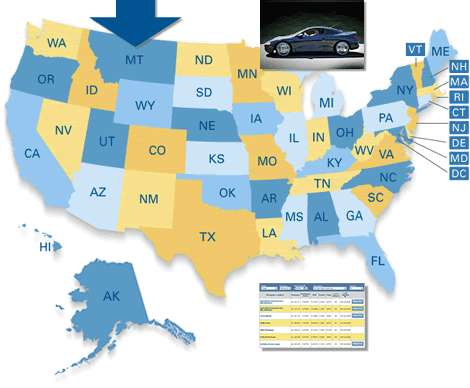
Start by selecting your state
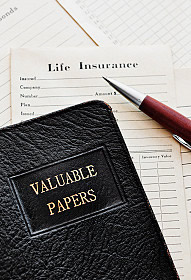
Life Insurance
- Term, Whole, Universal, Varialble Life Insurance
- Guidelines for Purchasing Life Insurance
- Life Insurance: Finding the Best Rates
- Life Insurance Explained: Types and Coverage
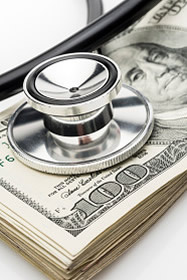
Medical Insurance
- Health Insurance Basics
- Healthcare Costs and Retirement
- Critical Flaws in HealthCare
- Disability Insurance
- Tips on Buying Long Term Care Insurance
General Insurance Articles
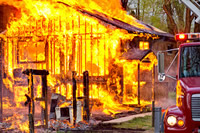
Homeowners Insurance
- Homeowners Insurance Premiums Policy
- Homeowners Insurance: Filing a Claim
- Punxsutawney Phil's forecast-homeowners insurance rates
- Homeowners Insurance Costly Trends
- Home Insurance Costs on the Rise, Coverage Options Decrease
- Homeowners Insurance: The Special Policy for Condo Owners
- Homeowners Insurance College Students Coverage
- Underinsured Homeowners
- Beyond Homeowners Insurance: Coverage for Renters
- What Home Owners Insurance Do You Need? Tips for the Best
- Home Insurance Quotes: Types of Home Owners Insurance
- Home Insurance: How are Insurance Quotes Determined?
- Homeowners Insurance: Finding the Best Quotes
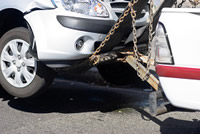

Auto Insurance

- Hitting the brakes on auto insurance costs
- Car Insurance Quotes: Discovering best deals
- Car Ins Quotes: What Factors Determine Rates
- Auto Insurance Quotes and Policies: Commonly Used Terms
- Shopping Prep: What You'll Need to Obtain Car Insurance Quotes
- Auto Insurance Terms & Descriptions
- Understanding Your Auto Insurance Quotes: The 7 Types of Car Insurance
- Auto Insurance - Best Plan for You
- How much Car Insurance to buy
- Need to Know Auto Ins Policy
- Automobile Insurance Settlement Advice
- Managing Auto Insurance: What to Do After an Accident
- Filing a Car Insurance Claim: Steps to Follow after an Accident
- Auto Insurance Steps to Filing a Claim
- Tips - Reducing your Auto Insurance Expenses
- Driving a Hard Bargain
- Slow Down Drive Safely
- Cheapest & Most Expensive Vehicles to Insure
